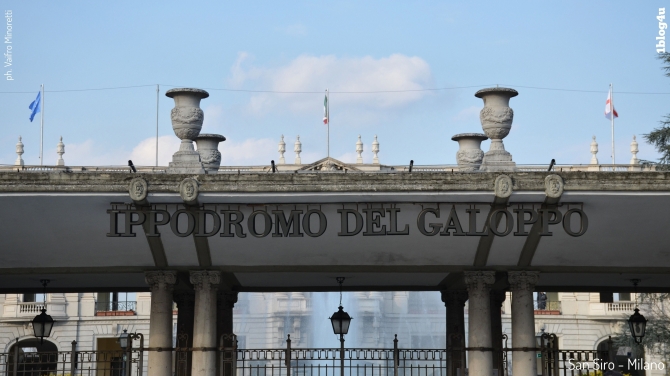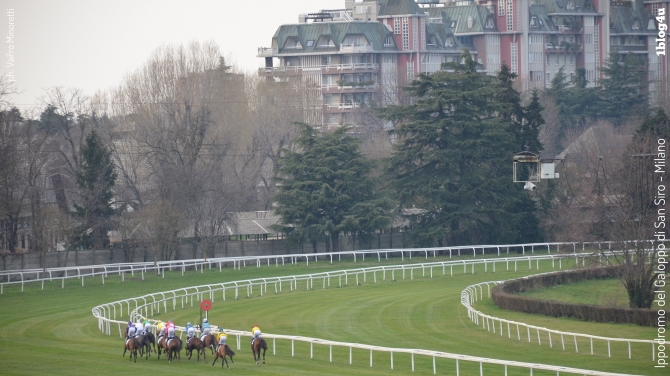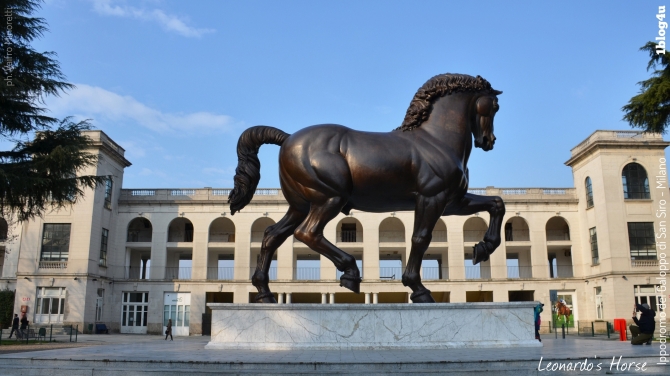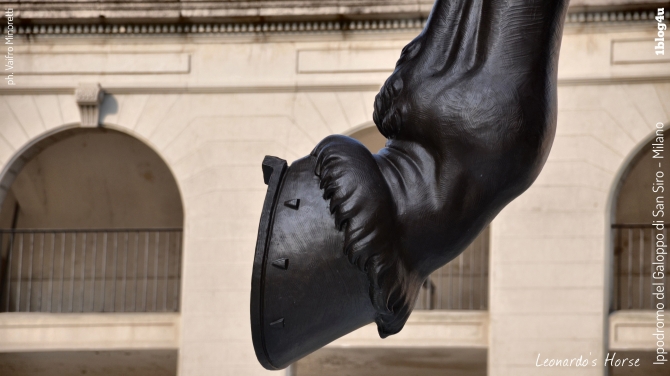LEONARDO’S HORSE HISTORY
The initial design of the statue, which has become “Leonardo’s Horse”, dates back to 1482, when Ludovico il Moro proposed to Leonardo da Vinci the construction of the largest equestrian statue in the world, in memory of his father Francesco, founder of the Sforza family.
At that time, the statue constituted a colossal project: not only by dimension but also in terms of position. Indeed, Leonardo’s initial idea depicted the horse in a rearing position, in the act of pouncing on enemies.
The initial design turned out to be too difficult to be realized and in 1491, Leonardo presented a second version, realized using a clay model, with the horse that would rest on three legs. The dimensions were still enormous: more than seven meters tall and 100 tons of bronze envisaged for the casting.
Leonardo dedicated a significant amount of time studying the anatomy of horses and realized a perfect work: two years were needed to realize the clay model. On public exhibition it had to be covered by a layer of protective wax and the terracotta casing needed for the casting.
Unfortunately, the war ruined the project: France invaded the Este ducky and the bronze stored for the horse was used to produce cannons. In 1499, the French troops invaded Milan and forced Leonardo to flee thus abandoning the clay model. Such model, according to tradition, was used as a target by the French crossbowmen, who destroyed it completely.
Leonardo resumed the project on a few occasions, but never finished it.











